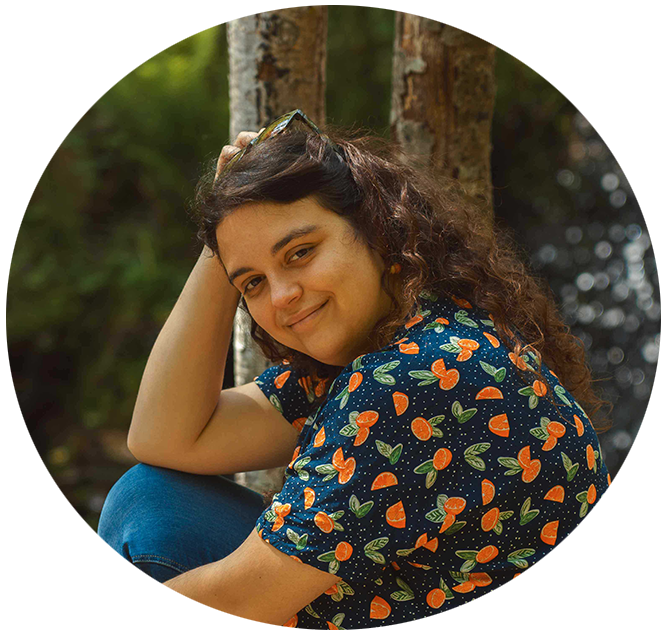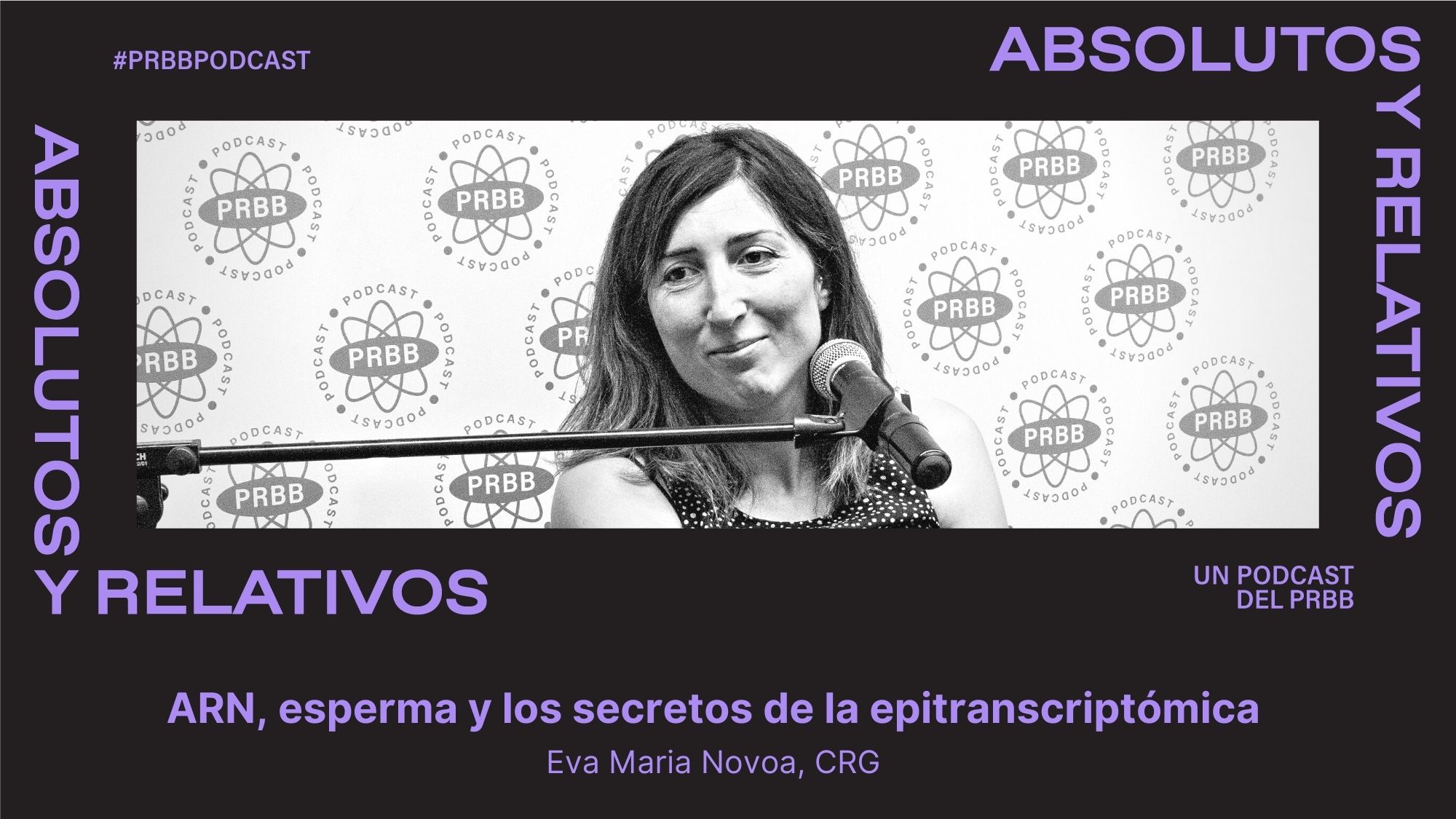Eva Maria Novoa is the Epitranscriptomics and RNA Dynamics Laboratory group leader at the Centre for Genomic Regulation (CRG). This group is dedicated to understanding the modifications that DNA undergoes once it has been transcribed into RNA and how these affect (or not) cellular processes.
In this fourth episode of ‘Absolutos y Relativos‘, the popular science podcast in Spanish from the Barcelona Biomedical Research Park (PRBB), we delve into the world of RNA sequencing and epigenetics, the information that controls genes but is not encoded by DNA itself.
As time and technology have progressed, sequencing techniques have improved and refined. But it was not until 2017 that RNA sequencing began, thanks to the advent of third-generation technologies.
Although these tools allow us to see mutations in RNA – the change of one base for another – Novoa and her group use them to find out what modifications the molecule undergoes. In other words, they want to know whether or not chemical groups have been added to the DNA bases and what these groups are. To make it easier to understand, Eva makes the following simile: “It’s as if the DNA bases were wearing different hats. They remain the same, but the hat gives them a different function.”
Thanks to the analysis of these RNA sequences, we now know that RNA modifications “are more dynamic than we thought; they have many important functions and are regulated in many processes of cell differentiation and stress. They could also be involved in some diseases, which would mean that they could be used as biomarkers,” explains the group leader.
If you want to delve into the microscopic world of epitranscriptomics and understand how Novoa and her team are working to develop new, faster and more powerful cancer detection techniques, or learn about the latest advances they have made in the heritability of diabetes, don’t miss the fourth episode of ‘Absolutos y Relativos’.







